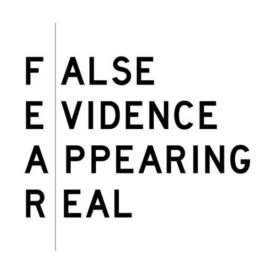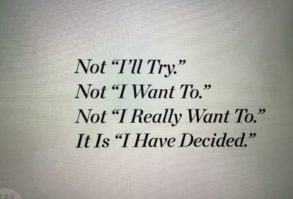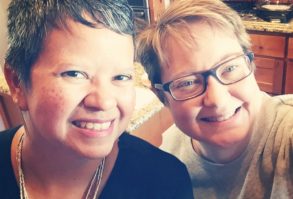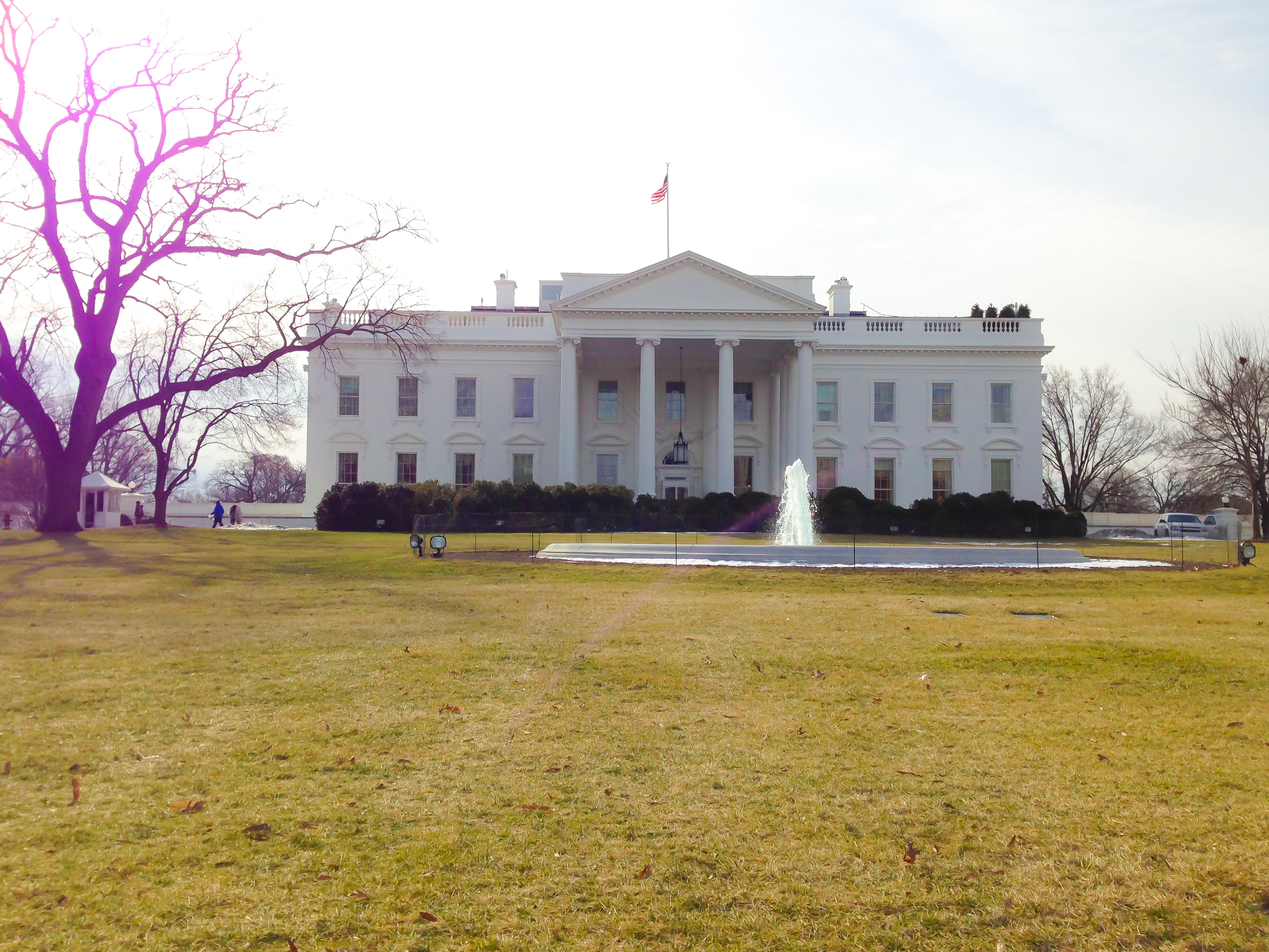I was sitting here social distancing myself, alone in my writing nest, and thought, the coronavirus can also explain the spread of Fake News.
They are both pandemics in our society.
After I saw Figure 1 cross my Facebook feed, I quickly verified that the information in the image is false–if also, dangerous.
People do not understand, fully, that fake news is a pandemic, and just as dangerous as a virus. Why do you think we refer to a popular post as “Gone Viral”?
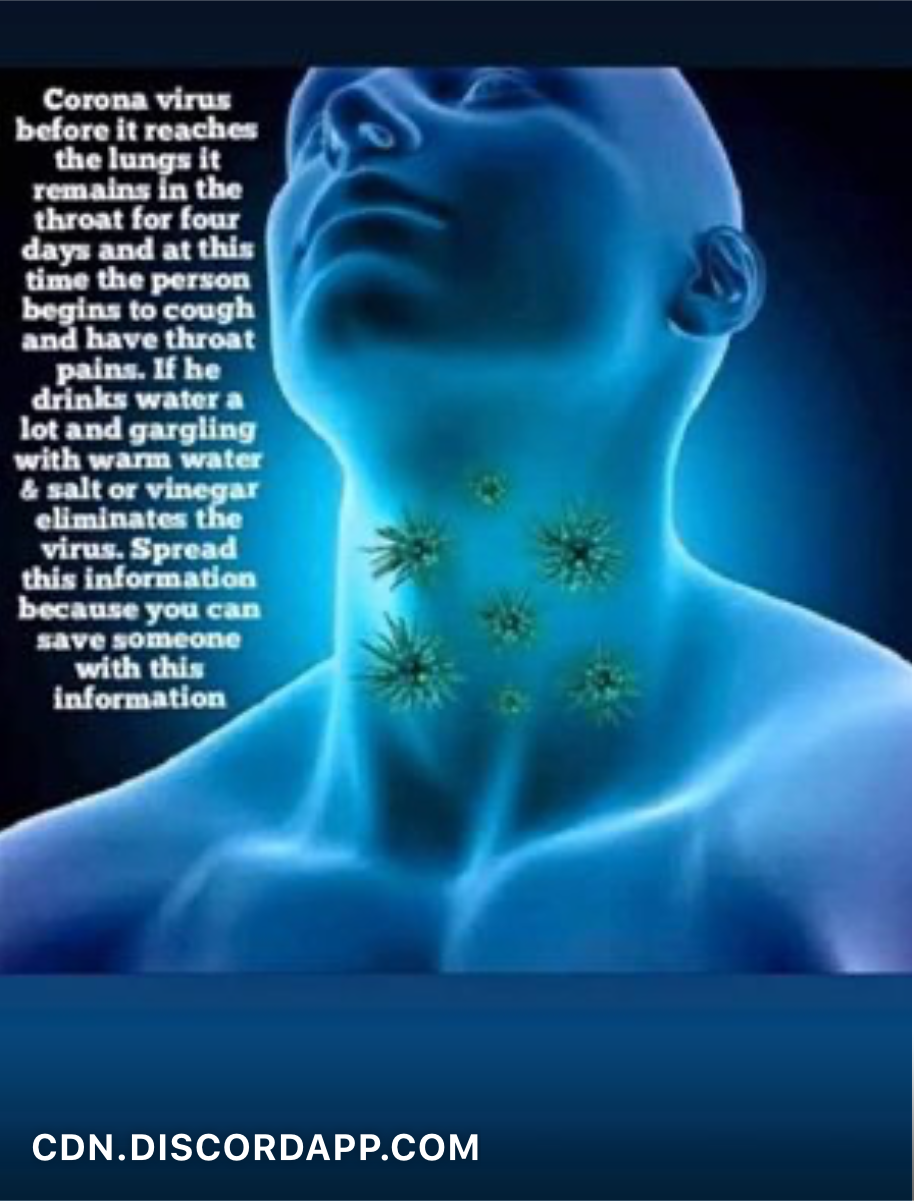
Figure 1 says I can gargle and poof–I will kill the virus. Nope. If it was that easy, we would be low on salt and vinegar and not toilet paper.
This type of information is very dangerous to share. The image LOOKS like it has a credible link. But, I’ve never heard of it. CDN? Is that supposed to be close to the reliable government agency CDC–the Centers for Disease Control? Do you see how someone could get confused?
The problem with misinformation about the virus is that it’s also coming from our political leaders.
Once again, @DevinNunes has no idea what he is talking about. This is not only wrong information to tell people – it is dangerous. We should be following the advice of EVERY health official who actually know what they are talking about in how to mitigate the spread of COVID-19. https://t.co/GbbjJRgJc0
— (((Rep. Nadler))) (@RepJerryNadler) March 15, 2020
Devin Nunes said this after the CDC recommended EVERYONE stay away from public places like restaurants, movies, etc.
Now, take a look at this 68-second snapshot of how Trump has handled the information about the coronavirus.
A 68 second snapshot of how the Trump presidency will be remembered. pic.twitter.com/tIt1sTuuoI
— Rachel Maddow MSNBC (@maddow) March 13, 2020
The media’s reaction is in response to how information is being handled by the powers that govern us. Journalism protects the governed–not the governors.
Dr. Anthony Fauci, Director, National Institute of Allergy and Infectious Diseases was on Meet the Press on Sunday, March 15. He is okay with the United States being criticized for overreacting. In no way does he suggest this is an opportunity to socialize.
When you mix fake news with the facts you end up with mixed messages. Or–we will call them infected messages. The fake messages take already instilled fears and mix it with truth and lies.
When the lies mix with the truth, the message is now infected, which then plays on people’s fears and/or already held misbeliefs. We believe that our friends are credible. Friends mean no harm–right? They must have verified this information already.
But what if they didn’t? What if they just clicked shared because they thought my friends could use this graphic that looks credible? The information seems about right—it seems logical to gargle? That’s what fake news makers WANT us to do. They want us to share information that “looks” like it’s credible. That’s why they frame the information as they do.
This is how fake news spreads. By trusting other people’s judgments and preying on people’s already held beliefs.
The CDC says to stay away from friends, which means, you should not trust that person who says they do not have the virus. Do you know exactly who that person has come in contact with? Probably not.
So, why are people sharing the information that their friends post when they haven’t verified the link and source to that information?
The real factual messages get lost with the information that is supposed to infect the truth. We see this daily in our social media news feeds.
How can you combat these threats?
- Buzzfeed has a list of the latest disinformation about COVID-19
- Snopes.com is always a great resource and it’s an easy way to verify information.
- Check an image on your phone, tablet, and computer with Google Reverse Image Search.
What to share:
- Credible information from the CDC and health professionals such as Dr. Fauci.
- Articles from well-known, credible news sources. Such as The Washington Post, The New York Times, ABC News, NBC News, CBS News, NPR. Real journalism goes to great lengths to try to find out the facts. Journalists are the people who question those in power. And protect us from misinformation. Sometimes the media gets it wrong, most of the time they get it right.
What NOT to share:
- Graphics or Memes that have instant cures for COVID-19.
- Any information that creates fear (this can be hard, but real, factual information will want you to take precautions, not feel panicked OR make you fear for your life)
- Articles from web sites you have never heard of before
What can you do to PREVENT spreading fake news?
Beware of the share
We are socially distancing ourselves. We are trying to PREVENT the spread of a virus. We are hunkering down for the safety of others. We are stopping or at least limiting the spread of people contracting COVID-19.
What if we applied the SAME concept to spreading fake news? What if we stopped sharing every piece of information before verifying? What if when we spot Fake News that a friend shared we speak up and link to the proof that it is indeed fake?
We could stop or at least limit the spread of infected messages that are used to confuse the truth.
Fake News is just as viral as COVID-19.
Be as diligent at verifying the information you share as much as you are at washing your hands.
If you are looking for credible information about the virus–go to the source for the latest updates:

